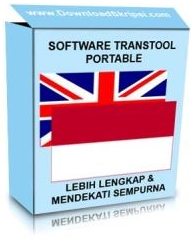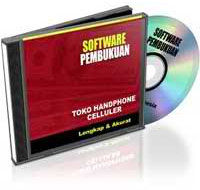Criteria of Good Research
Written by C.R. Kothari in Research Methodology, Methods and Technique. New Age International Publisher.Jaipur. 2004.
Whatever may be the types of research works and studies, one thing that is important is that they all meet on the common ground of scientific method employed by them. One expects scientific research to satisfy the following criteria:
 1. The purpose of the research should be clearly defined and common concepts be used.
1. The purpose of the research should be clearly defined and common concepts be used.
2. The research procedure used should be described in sufficient detail to permit another researcher to repeat the research for further advancement, keeping the continuity of what has already been attained.
3. The procedural design of the research should be carefully planned to yield results that are as objective as possible.
4. The researcher should report with complete frankness, flaws in procedural design and estimate their effects upon the findings.
5. The analysis of data should be sufficiently adequate to reveal its significance and the methods of analysis used should be appropriate. The validity and reliability of the data should be checked carefully.
6. Conclusions should be confined to those justified by the data of the research and limited to those for which the data provide an adequate basis.
7. Greater confidence in research is warranted if the researcher is experienced, has a good reputation in research and is a person of integrity.
In other words, we can state the qualities of a good research12 as under:
1. Good research is systematic: It means that research is structured with specified steps to be taken in a specified sequence in accordance with the well defined set of rules. Systematic characteristic of the research does not rule out creative thinking but it certainly does reject the use of guessing and intuition in arriving at conclusions.
2. Good research is logical: This implies that research is guided by the rules of logical reasoning and the logical process of induction and deduction are of great value in carrying out research. Induction is the process of reasoning from a part to the whole whereas deduction is the process of reasoning from some premise to a conclusion which follows from that very premise. In fact, logical reasoning makes research more meaningful in the context of decision making.
3. Good research is empirical: It implies that research is related basically to one or more aspects of a real situation and deals with concrete data that provides a basis for external validity to research results.
4. Good research is replicable: This characteristic allows research results to be verified by replicating the study and thereby building a sound basis for decisions.
Hope today's posting will be useful for all of us. Amien.
Written by C.R. Kothari in Research Methodology, Methods and Technique. New Age International Publisher.Jaipur. 2004.
Whatever may be the types of research works and studies, one thing that is important is that they all meet on the common ground of scientific method employed by them. One expects scientific research to satisfy the following criteria:
 1. The purpose of the research should be clearly defined and common concepts be used.
1. The purpose of the research should be clearly defined and common concepts be used.2. The research procedure used should be described in sufficient detail to permit another researcher to repeat the research for further advancement, keeping the continuity of what has already been attained.
3. The procedural design of the research should be carefully planned to yield results that are as objective as possible.
4. The researcher should report with complete frankness, flaws in procedural design and estimate their effects upon the findings.
5. The analysis of data should be sufficiently adequate to reveal its significance and the methods of analysis used should be appropriate. The validity and reliability of the data should be checked carefully.
6. Conclusions should be confined to those justified by the data of the research and limited to those for which the data provide an adequate basis.
7. Greater confidence in research is warranted if the researcher is experienced, has a good reputation in research and is a person of integrity.
In other words, we can state the qualities of a good research12 as under:
1. Good research is systematic: It means that research is structured with specified steps to be taken in a specified sequence in accordance with the well defined set of rules. Systematic characteristic of the research does not rule out creative thinking but it certainly does reject the use of guessing and intuition in arriving at conclusions.
2. Good research is logical: This implies that research is guided by the rules of logical reasoning and the logical process of induction and deduction are of great value in carrying out research. Induction is the process of reasoning from a part to the whole whereas deduction is the process of reasoning from some premise to a conclusion which follows from that very premise. In fact, logical reasoning makes research more meaningful in the context of decision making.
3. Good research is empirical: It implies that research is related basically to one or more aspects of a real situation and deals with concrete data that provides a basis for external validity to research results.
4. Good research is replicable: This characteristic allows research results to be verified by replicating the study and thereby building a sound basis for decisions.
Hope today's posting will be useful for all of us. Amien.

















